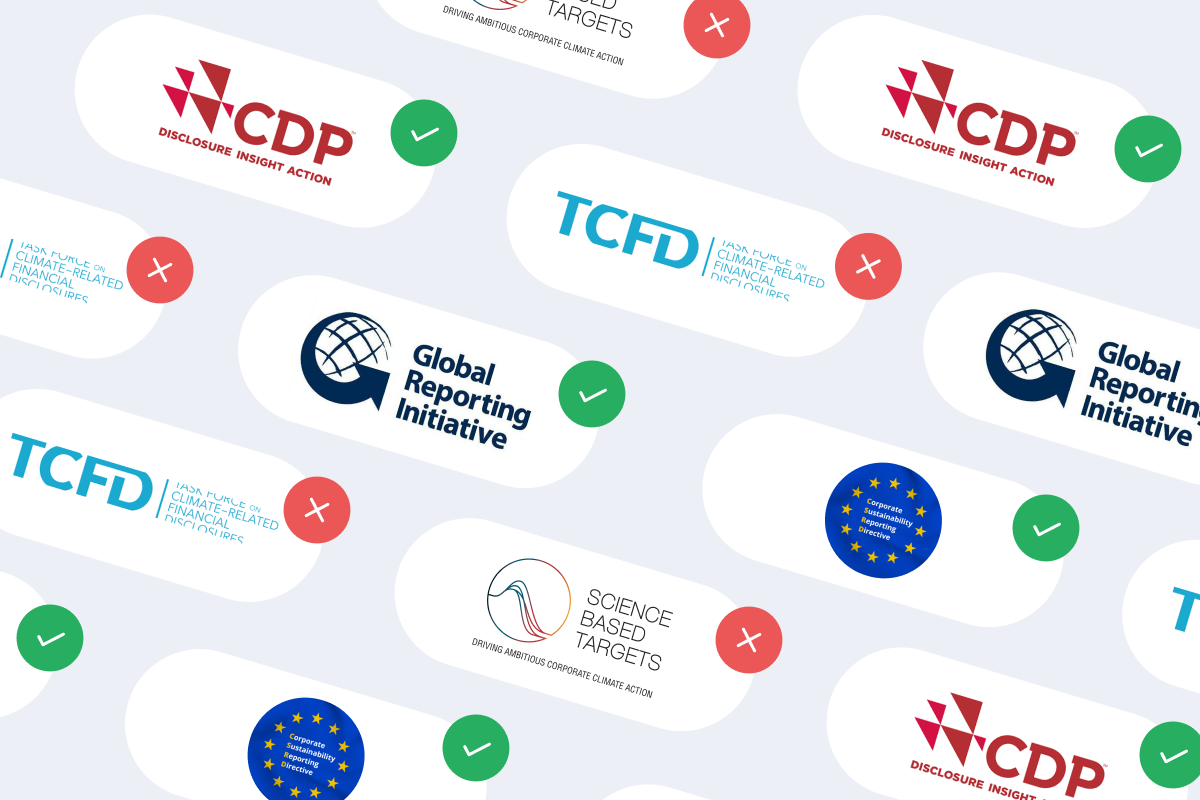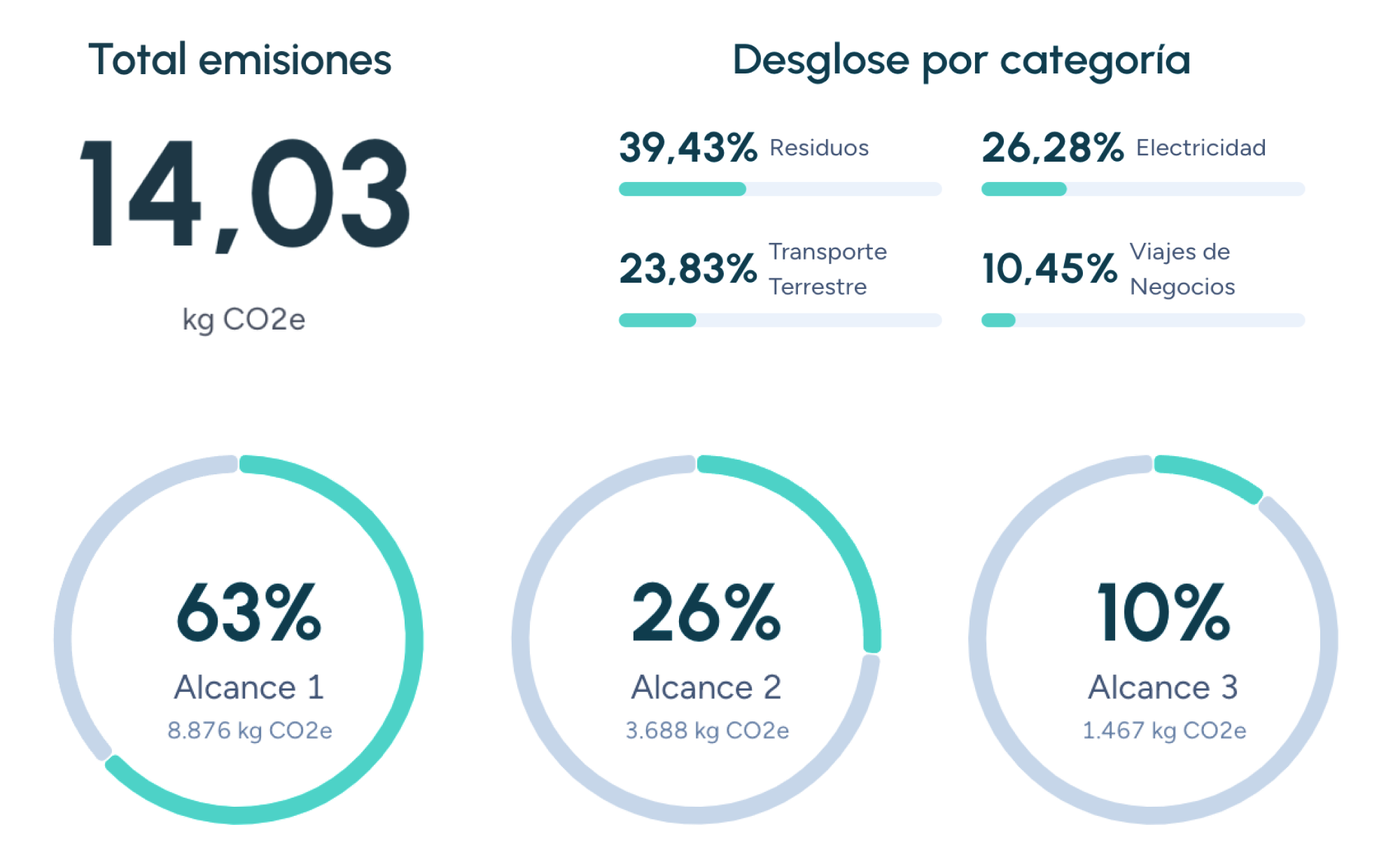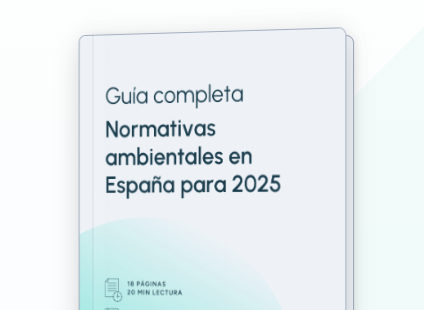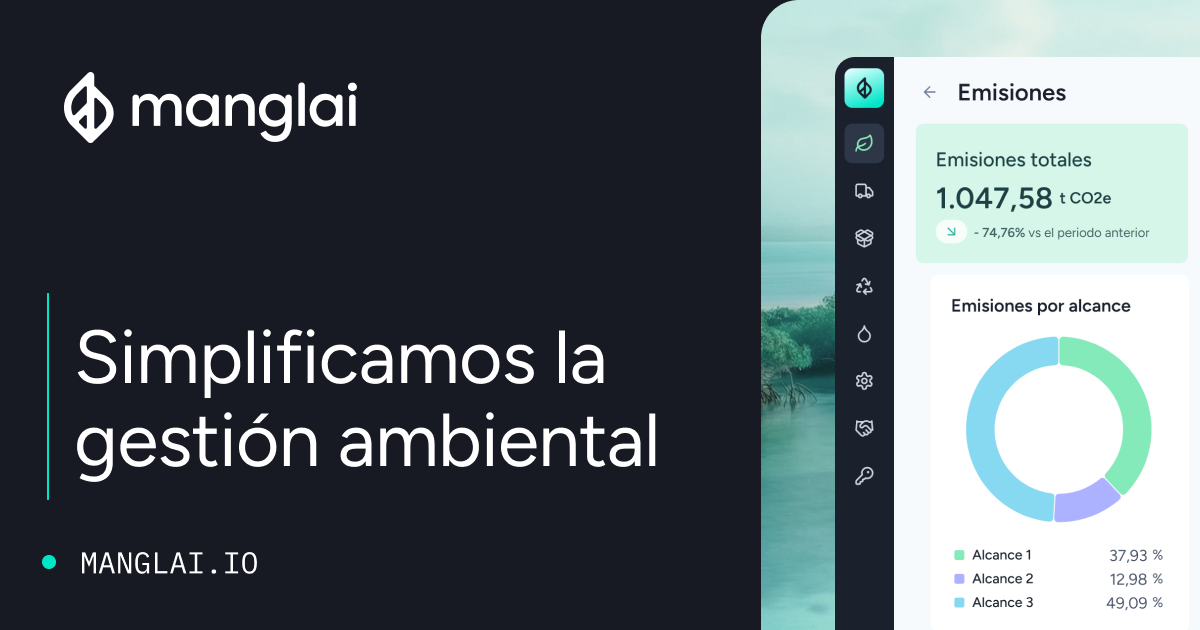Back to the blog
Water footprint
What's the Difference Between Direct and Indirect Water Footprint?
Andrés Cester
CEO & Co-Founder
When a company presents its ESG report, the water section is often summarized as a single aggregated figure. However, beneath that number lie two distinct realities: the direct water footprint, which the company can control within its own operations, and the indirect water footprint, which is embedded in raw materials, energy, and services purchased.
Distinguishing between these two dimensions prevents double-counting in water footprint calculations and, most importantly, highlights where the greatest reduction opportunities are concentrated.
In this article, we will reveal the differences between direct and indirect water footprint and how they affect water consumption in different processes.
What is the Direct Water Footprint?
The direct water footprint is the volume of water that the organization withdraws, consumes, and discharges within its operational boundaries. It includes the liters used in process lines, cleaning, climate control, and sanitary services.
For example, in a dairy plant in Lugo, certified measurements determined a consumption of 1.8 cubic meters of water per ton of final product, which represents 15 % of its total water footprint.
Because these are on-site data, the company can act immediately by installing automatic shut-off valves or reusing cleaning water in the first stage of the CIP cycle.
What is the Indirect Water Footprint?
The indirect water footprint corresponds to the “virtual” water embedded in all the inputs the company purchases. In the food industry, it accounts for an average of 85 % of the total. Producing one ton of cheese requires 10,000 liters of green and blue water used in growing the forage that feeds the cows, plus 1,300 liters of water related to the electricity consumed in pasteurization.
Although the company does not physically handle this water, it is responsible for its impact and must account for it if it aims for a comprehensive report.
Operational Comparison: Direct vs. Indirect Water Footprint
From a control perspective, the direct water footprint offers an almost absolute degree of governance, as it depends on having measurement systems and investing in water-saving technologies.
The indirect water footprint, on the other hand, requires a sustainable procurement approach: negotiating with suppliers who have water-environmental certifications, contracting renewable energy Power Purchase Agreements, or moving toward eco-design of packaging to reduce the water incorporated in raw materials.
In a water-intensive sector like brewing, 4 liters of direct water per liter of beer coexist with up to 148 liters of indirect water, mainly from barley cultivation and glass manufacturing. After switching to returnable bottles and sourcing barley grown with efficient irrigation, a Zaragoza plant reduced its total water footprint by 11 %.
Step-by-step Methodology for Calculating Direct and Indirect Water Footprint
The process begins with an inventory of direct consumption using meters and SCADA systems. At the same time, conversion factors published by the Water Footprint Network are applied to each raw material purchased. Direct and indirect flows are calculated separately and then weighted according to their relevance in the income statement.
Finally, an audit based on ISO 14046 ensures data traceability and provides credibility to investors and clients.
If you want to delve deeper into the water footprint calculation method, we invite you to read our article: How to Calculate the Water Footprint of a Product or Activity.
What is its Strategic Importance?
Sustainability rating agencies such as CDP or Sustainalytics rate companies higher when they explicitly distinguish between direct and indirect water footprint and, especially, present specific plans for the latter, where the greatest savings potential lies.
In a scenario of recurring drought, manufacturers who control their virtual water ensure the supply of raw materials and reduce price volatility.
Direct and Indirect Water Footprint: A Metric for Greater Returns
Separating the water footprint into direct and indirect is not a methodological whim; it is the compass that guides investments toward the point of greatest return. Reductions achieved in the indirect part translate into supply security, reduced reputational risks, and access to green financing.
We invite you to check out our series of articles on water footprint for more information.
FAQs about Direct and Indirect Water Footprint
Can the Indirect Water Footprint exceed 100 %?
In sectors such as software, the direct footprint is almost zero, so the indirect footprint (mainly associated with the electricity consumption of servers) equals the entirety of the indicator.
How is the Indirect Footprint reduced?
The most efficient way is to sign purchase contracts with suppliers who can demonstrate good water practices, replace fossil-based energy with renewables, and redesign packaging to reduce weight and incorporated water.
Andrés Cester
CEO & Co-Founder
About the author
Andrés Cester is the CEO of Manglai, a company he co-founded in 2023. Before embarking on this project, he was co-founder and co-CEO of Colvin, where he gained experience in leadership roles by combining his entrepreneurial vision with the management of multidisciplinary teams. He leads Manglai’s strategic direction by developing artificial intelligence-based solutions to help companies optimize their processes and reduce their environmental impact.
Content
Companies that trust us

Water Neutrality: Is It an Achievable Goal for Industry in Spain?
Discover whether water neutrality is viable for Spanish industry. Methods and strategies to reduce water consumption.
08 December, 2025
Technologies for Optimizing the Water Footprint in the Textile and Agri-Food Industries
Discover how digitalization, water reuse, and artificial intelligence are transforming water management in the textile and agri-food sectors
29 October, 2025
Strategies to Reduce the Water Footprint of Companies
Learn techniques and tools to minimize water impact in processes and products.
03 September, 2025
Guiding businesses towards net-zero emissions through AI-driven solutions.
© 2025 Manglai. All rights reserved
Política de Privacidad


